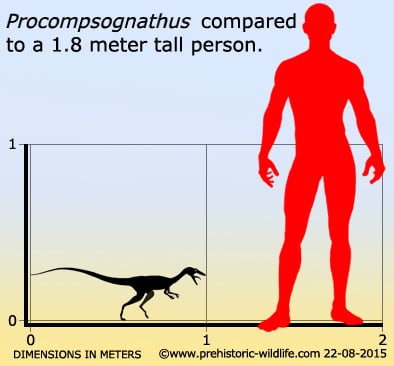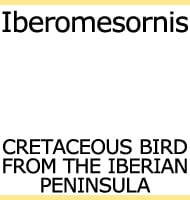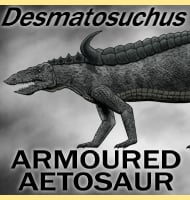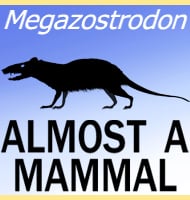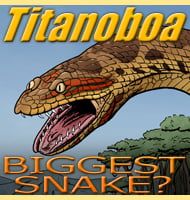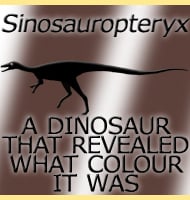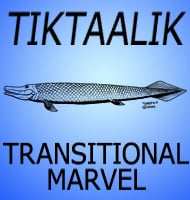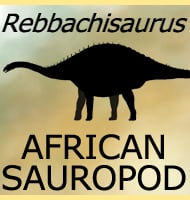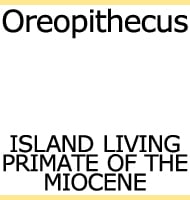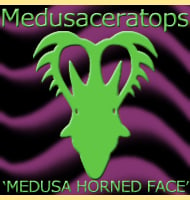In Depth
Procompsognathus has often been recreated in popular science work about dinosaurs where it is usually depicted as a very small bipedal theropod dinosaur. However since the initial description of the holotype fossils, further specimens have been referred to the genus, though these are controversial fossils that are widely seen as not belonging to Procompsognathus.
SMNS 12352 (partial skull and lower jaws) and SMNS 12352a (a left hand) were assigned to Procompsognathus by Frederich von Huene in 1921. First in 1982 John Ostrom claimed that both of these are of different creatures. In 1992, Rupert Wild and Paul Sereno even challenged the holotype remains saying that the skull and post cranial remains did not belong to the same dinosaur. They considered the post cranial remains to be of a dinosaur while the skull was of a crocodylomorph called Saltoposuchus, however a late study by Sankar Chatterjee refuted this by saying the skull was not of a crocodylomorph. SMNS 12352 and SMNS 12352 meanwhile have both been interpreted as being crocodylomorphs, with SMNS 12352a being possibly just archosaurian (Knoll, 2006 & 2008). In 2012 a CAT scan of and SMNS 12352a, now relabelled as SMNS 12591a confirmed that it was of a crocodylomorph, but not Saltoposuchus.
The future for Procompsognathus is a little uncertain as while it is considered a valid genus, it has already proven very difficult to attribute further remains to it. A final note about the name, Procompsognathus got its name because it appeared in the Triassic before another similar genus of dinosaur named Compsognathus that lived in the late Jurassic. This correlation is based around visual similarity between these two dinosaurs, though it has never been implied that Procompsognathus was a direct ancestor to Compsognathus.
Further Reading
- Die neuesten Dinosaurierfunde in der schw�bischen Trias [The newest dinosaur finds in the Swabian Trias], Eberhaad Fraas - 1913. - Neue Pseudosuchier und Coelurosaurier aus dem w�rttembergischen Keuper, F. von Huene - 1921. - Procompsognathus: theropod, “thecodont” or both?, Paul C. Sereno & Rupert Wild - 1992. - Procompsognathus from the Triassic of Germany is not a crocodylomorph, S. Chatterjee - 1993. - Reassessment of the Procompsognathus skull, S. Chatterjee - 1993. - The phylogenetic status of Procompsognathus revisited, D. Allen - 2004. - Does Procompsognathus have a head? Systematics of an enigmatic Triassic taxon, F. Knoll & R. Schoch - 2006. - On the Procompsognathus postcranium (Late Triassic, Germany), F. Knoll - 2008. - CT scanning, rapid prototyping and re-examination of a partial skull of a basal crocodylomorph from the Late Triassic of Germany, F. Knoll & R. Schoch - 2012.
